Utilities Don’t Know What They’re Missing
By the end of 2025, more than 90% of our nation’s utilities will have integrated renewables into their power generation mix. At the same time, energy consumers are rapidly adopting their own distributed energy resources (DERs), such as solar panels, energy storage systems and EV chargers, that feed excess energy back onto the grid.
This influx of DERs is creating grid chaos, with operators having limited visibility to manage the imbalances. The constant adjustments between AC and DC voltage create harmonic distortions that result in poor power quality, or “dirty power,” that is disruptive, inconvenient, costly, and even dangerous for customers, users, operators, and field crews. In fact, “dirty power” is responsible for U.S. businesses losing nearly $200 billion annually due to increased maintenance costs, equipment repair/replacement, and lost productivity.
At present, utilities do not have adequate tools to address the harmonic distortions resulting from renewable integration. Traditional PTs and CTs can measure voltage and current, but these outdated tools were not created to provide the level of accuracy required to measure and manage harmonics. These sensors use sensitive copper windings that cap off when they become oversaturated.
The future grid will be digital, and utilities need tools that can bridge the gap between today’s analog readings and tomorrow’s bits and bytes.
MICATU’s optical sensing platform gives utilities the ability to monitor “dirty power” in real-time. Optical sensors use light passed through a crystal to measure voltage, current, temperature and harmonics. By measuring with light, the sensors are not passing electrons, making them an extremely safe option for line crews. They also collect data with unprecedented accuracy, transmitting 15,000 samples per cycle to utilities for data analysis, compared to only 32 samples per cycle from PTs and CTs.
Recently, a large utility in the U.S. showed extreme concern with the levels of total harmonic distortion they saw on the distribution system from nonlinear loads and extreme DER penetration causing backflow. Using MICATU’s optical sensing platform, the utility began to measure THC levels greater than 10%, whereas IEEE requires 5% or less. With the ability to measure to the 50th harmonic level on voltage and the 11th level on current, MICATU’s optical sensors provided the utility with the visibility required to understand the root cause of the spike in THC. The culprit? Loads from new electronics that we all rely on in our daily lives.
Without sensors that can provide highly accurate, granular data in real-time, utilities simply don’t know what they are missing in terms of the exact causes of unreliable power and grid disruptions.
To learn more about how MICATU’s optical sensing platform can help utilities identify harmonic distortions and mitigate “dirty power,” visit www.micatu.com.

